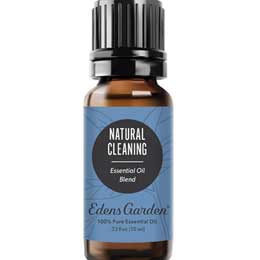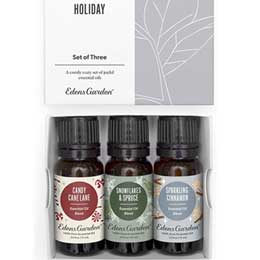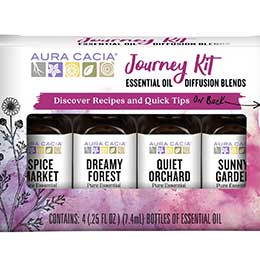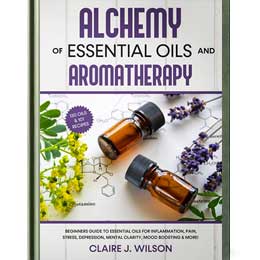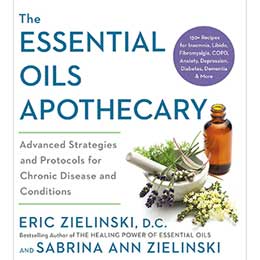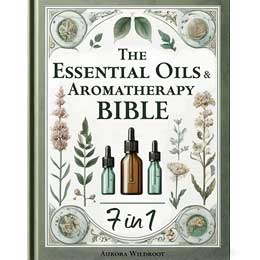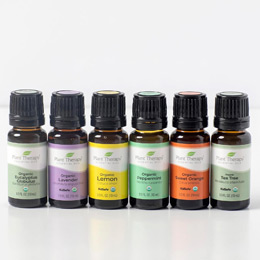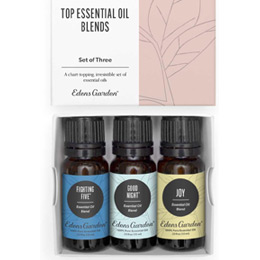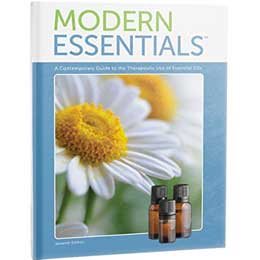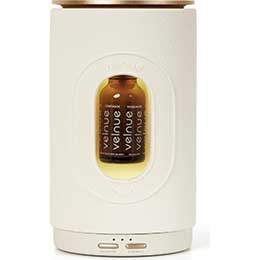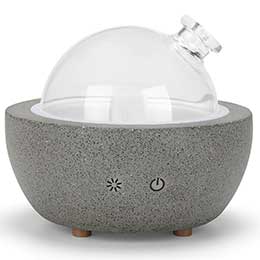Essential Oils vs. Synthetic Oils: What’s the Difference?
In the world of aromatherapy, beauty products, and even household cleaners, “essential oils” and “fragrance oils” often get lumped together. But not all oils are created equal. If you’re someone who likes to know what you’re putting on your skin or into your diffuser, understanding the difference between essential oils vs. synthetic oils is a must.
What Are Essential Oils?
Essential oils are concentrated plant extracts obtained through steam distillation, cold pressing, or resin tapping. They capture the natural aroma and therapeutic properties of the plant.
Example: Lavender essential oil is distilled from the flowers of the lavender plant and can help with relaxation and sleep.
They are 100% natural, containing no synthetic additives or fillers.
Behind Every Bottle of Essential Oil
One thing that often gets overlooked in the essential oil conversation is the people behind the plants.
Pure essential oils don’t just show up in a bottle - they’re the result of hard work, careful harvesting, and often generations of knowledge. Around the world, there are farmers and wildcrafters who dedicate their lives to working with the land. These individuals cultivate, harvest, and sometimes wild gather the plant materials that become the essential oils we rely on for everything from stress relief to skincare.
Whether it’s a lavender field in France, frankincense trees in Oman, or peppermint farms in the U.S., these are the hands that make natural wellness possible.
- Farmers grow and tend to plants using sustainable and often organic methods, ensuring the oil’s purity from the ground up.
- Wildcrafters respectfully harvest plants from their natural habitat - a tradition that requires deep ecological knowledge and a commitment to preserving the land for future generations.
Their work isn’t just about plants - it’s about preserving traditional practices, protecting biodiversity, and respecting nature’s rhythm.
When you buy a high-quality essential oil, you’re not just buying a scent. You’re supporting a much bigger story - one rooted in soil, sweat, skill, and sustainability.
What Are Synthetic Oils?
Synthetic oils, often labeled as fragrance oils or perfume oils, are man-made in a lab. Some are designed to mimic the scent of real essential oils, while others are entirely unique and don’t occur in nature.
Example: "Apple pie" or "fresh linen" fragrance oils have no botanical equivalent - they’re entirely synthetic.
They may contain hundreds of chemical components, including stabilizers, solvents, or preservatives.
Key Differences Between Essential Oils vs. Synthetic Oils
| Feature | Essential Oils | Synthetic Oils |
|---|---|---|
| Source | Natural (plants, trees, herbs) | Man-made (laboratory) |
| Scent | True to nature, varies by batch | Consistent, often stronger |
| Uses | Aromatherapy, skincare, wellness | Candles, perfumes, soaps, room sprays |
| Cost | More expensive (due to extraction) | Typically cheaper |
| Shelf Life | Shorter (oxidizes over time) | Longer shelf life due to preservatives |
| Therapeutic Value | Yes, many have proven benefits | No therapeutic value |
| Safety | Can irritate skin if undiluted | May contain allergens or irritants |
Benefits of Using Essential Oils
- Therapeutic effects (e.g., lavender for sleep, peppermint for headaches)
- Natural fragrance without synthetic chemicals
- Can be used in DIY beauty and cleaning products
- Antibacterial, antifungal, and anti-inflammatory properties in many oils
Note: The benefits depend on proper use, dilution, and quality of the oil.
Common Uses
Essential Oils
- Aromatherapy diffusers
- Massage oils (diluted in carrier oil)
- Skincare (acne, scars, dry skin)
- Natural cleaning sprays and room sprays
- Baths and DIY body products
Synthetic Oils
- Perfumes and colognes
- Candles and wax melts
- Laundry detergents and fabric softeners
- Air fresheners
- Cheap beauty products
Safety & Sensitivities: Essential Oils vs. Synthetic Oils
Essential Oils
- Must be diluted properly before applying to skin.
- Not all oils are safe for pets, babies, or people with certain conditions.
- Can degrade over time and become irritating if oxidized.
Synthetic Oils
- Often contain phthalates, parabens, or allergens.
- May trigger headaches, asthma, or skin reactions in sensitive individuals.
- No therapeutic value - scent only.
Note: If a product just says “fragrance” or “parfum,” it could be hiding hundreds of unnamed chemicals.
How to Choose Quality Essential Oils?
When it comes to essential oils, the label might say “pure,” but that doesn’t always mean much. True quality comes down to what’s inside the bottle - and how it got there.
Start by checking the botanical name on the label. A reputable essential oil will list the Latin name of the plant (like Lavandula angustifolia for lavender), not just a vague term like "lavender oil." This gives you clarity on exactly what plant species you’re getting. The label should also show where the plant was grown - climate and soil can affect the oil’s potency and scent, so trusted brands will include the country of origin too.
What to Look For?
To spot a well-sourced essential oil, look for the following on the label:
- Botanical name (e.g., Lavandula angustifolia)
- Extraction method (e.g., steam-distilled)
- Country of origin
- A clear note that it’s 100% pure essential oil
Many high-quality companies go even further by offering GC/MS test results (Gas Chromatography/Mass Spectrometry). These tests confirm the oil’s chemical makeup and show if it’s been adulterated, diluted, or contains any synthetic compounds. If the company doesn’t mention third-party testing or refuses to share lab results, that’s a red flag worth noting.
Watch Out for Misleading Terms
If the label says things like:
- “Fragrance oil”
- “Perfume oil”
- “Scented oil”
- Has no botanical name
- Doesn’t list an extraction method
…you’re likely dealing with a synthetic or blended product - not a true essential oil.
Also pay attention to the packaging. Pure essential oils come in dark glass bottles - usually amber or cobalt - to protect them from light and oxidation. If it’s sold in a clear bottle or plastic container, it’s best to pass.
And lastly, remember: you often get what you pay for. Oils like rose, sandalwood, or neroli are expensive to produce. If you find them for $10 or less, it’s likely synthetic or heavily diluted.
- Choose companies that are transparent about sourcing and testing.
- Look for clear, honest labeling that includes botanical names, origin, and extraction method.
In the end, a good essential oil brand isn’t just selling you a scent - they’re sharing a product that reflects nature, careful craftsmanship, and the integrity of the plant. A little research upfront can go a long way in getting the most benefit from your oils.
Which to Use - Essential Oils vs Synthetic Oils?
That depends on your goal:
| Goal | Best Choice |
|---|---|
| Natural wellness & aromatherapy | Essential oils |
| DIY natural skincare | Essential oils |
| Long-lasting room scent | Synthetic oils – essential oils can be used but the scent may not last as long |
| Strong candle fragrance | Synthetic oils |
| Hypoallergenic preferences | High-quality essential oils (with caution) |
If you're looking for natural wellness support or gentle beauty ingredients, essential oils are the clear winner. But if you’re just looking to make your home smell like sugar cookies or ocean breeze, synthetic oils may be fine - just know what you’re getting into.
There’s nothing wrong with fragrance oils in the right setting, but essential oils bring more to the table in terms of health benefits, emotional support, and natural purity.
Bottom line: Know your oils, read your labels, and choose what works best for you and your lifestyle.

